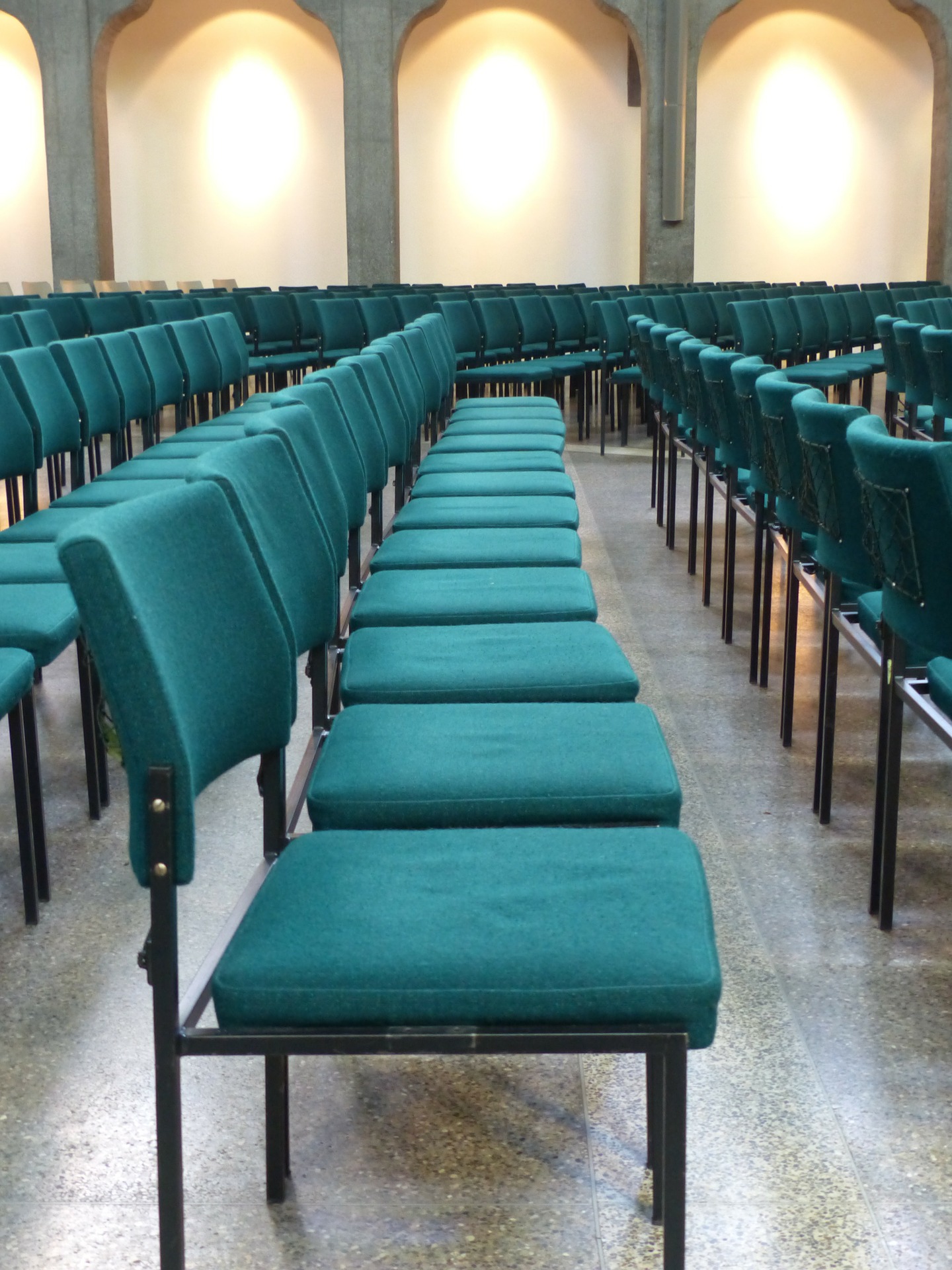If you’re thinking about studying maths at Imperial, you might be wondering what kind of problems first year studenst are supposed to solve in the tutorials. Last term I was a graduate teaching assistant (GTA) for a course Probability and Statistics I. Let’s see an example of a question posed by the lecturer, prof. Emma McCoy.
Imagine that n people, including yourself and a friend, are seated at random in a row of n chairs. What is the probability that you sit next to your friend?
This problem is easier than you think, especially after following the lectures. I’ll explain how to tackle this problem here.
First, you may be not familiar with letters in maths exercises; n is just any natural number bigger or equal than 2 (so 2, 3, 4, 5…). Therefore you might just pick your favourite number and solve the problem for that particular n. It’s a trick I sometimes recommend to students so that they can first get some intuition before generalising the solution. It also helps to draw a row of seats on a piece of paper and look at different options.
What is the total number of possible seating arrangments? First person can choose any of n seats, second has n-1 seats left, third n-2 etc., so altogether we have n*(n-1)*(n-2)*…*2*1 options. Nota bene, this expression can be written shortly as n! (where the exclamation mark isn’t a sign of my excitement but a mathematical notation of a factorial).
In how many of this arrangments do you sit next to your friend? First you need to pick a pair of adjacent seats, we have n-1 of them. You can either sit on the left or on the right of your friend, so we must multiply the number of arrangments by 2. The rest of people can sit anywhere in the remaining n-2 seats and we computed the number of possible arrangments in the previous paragraph: it’s (n-2)!=(n-2)*(n-3)*…*2*1. Thus the total number of arrangments in which you sit next to your friend is (n-1)*2*(n-2)!.
So what’s the probability of you and your friend sitting next to each other? It’s (n-1)*2*(n-2)!/n!=((n-1)!*2)/((n-1)!*n)=2/n. This in particular means that the more people you gather, the smaller this probability gets: if it’s just you and your friend (n=2) you certainly sit next to each other, for 5 people this probability equals 2/5=40%. for 10 people it’s 2/10=20% and for 100 it’s only 2/100=2%.
Did you find this problem easy? Then what are you waiting for, apply to Imperial! Was it hard? If you enjoyed it, apply anyway, after a few lectures and tutorials you won’t have any problems solving it. Did you hate the process of solving this exercise? Well, you might want to take a look at different problems from maths undergraduate curriculum, because if you realise that you don’t enjoy any of them, you might want to rethink your course choice.
Let me know if you’d like to see more problems Imperial students face in the tutorials!




